Vulcanization is the process of curing raw rubber by combining the rubber with additives in the presence of heat and pressure (“hot” vulcanization). Bonding of the belt ends with adhesives is known in the belting trade as “cold”vulcanization.
Vulcanization is generally the preferred method of belt splicing, due to the superior strength, longer service-life and cleaner operation it offers. Vulcanized splices are really the only option for the long-term performance of high-tension steel-cord belting. Operations that require frequent additions or removal of sections of belting, such as extendable underground belts or conveyors with limited take-up capabilities that require shortening of the belt to maintain tension, are not suitable for vulcanized splices.
Due to their superior strength, vulcanized splices allow the application of maximum belt tension, resulting in better pulley-to-belt traction. A vulcanized splice has no internal weaving, braiding, sewing, welding or other mechanical link. The splice is solely dependent on rubber adhesion to the carcass or steel cords, as the tensile members of the splice, textile plies or steel cords, do not touch each other. Adhesion is obtained through use of an intermediary rubber or rubber-like material called tie gum, installation gum, or cement.
Steps in Vulcanizing a Belt
Step-by-step procedures for vulcanized splices vary between manufacturers. In general, there are three steps:
- Preparation of the belt ends
In the first step for a fabric carcass belt, the ends are cut at the correct angle and then stripped or pulled apart to expose the various plies to be joined. Care must be taken not to damage the plies or cords. The process for a steel-cable belt involves cutting back the rubber cover.
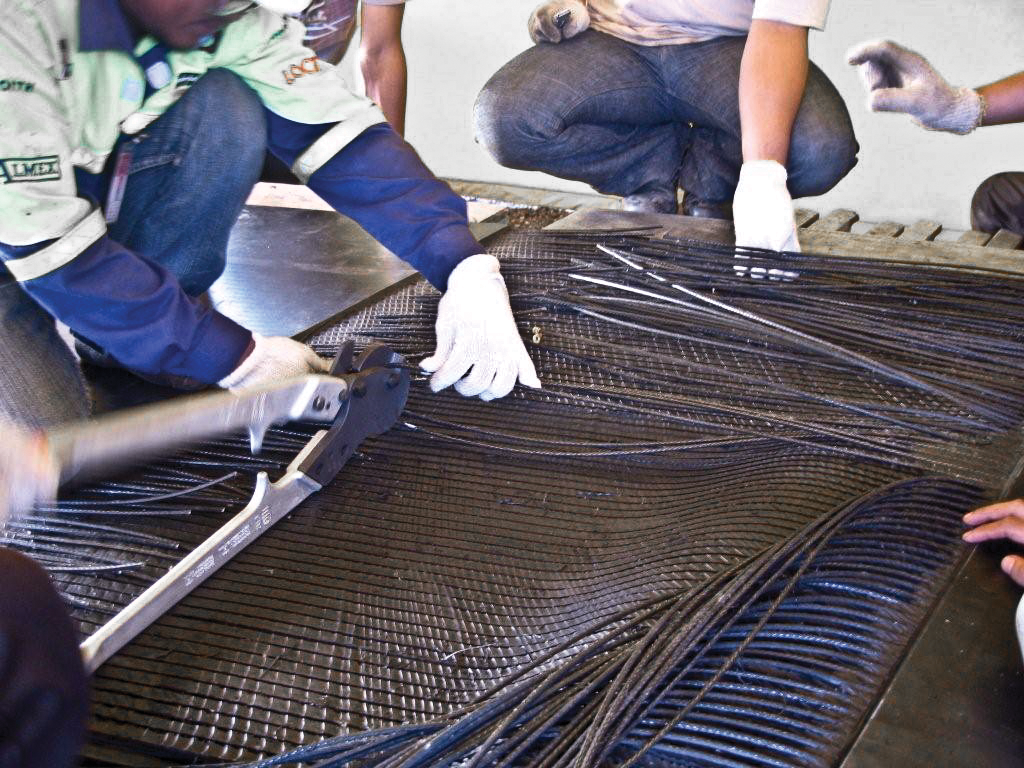
- Application of cement, gum, or other intermediary material
The second step provides the buildup of the layers, much like the making of a sandwich, which will form the completed splice. For steel-cable belts, the cords are overlapped, and then appropriate bonding agents are applied to the exposed cables. Fill and cover rubbers are then laid in place, and the belt is cured in the same manner for both steel-cable and fabric belts.
- Curing of the splice
The assembled materials are pressed together and cured, through the application of heat, pressure and/or time, to form the finished splice. Typically, the materials used for a vulcanized splice—cement, tie gum, strings of rubber called noodles or cover stock, all depending on belt style and construction—are available in kit form. Kits from the belt manufacturer are sometimes preferred, although there are generic kits available for the most common belt grades. The materials in the kit are perishable; they have a specified shelf life in storage and a limited “pot life” when they are mixed into the ready-to-apply state.
There are two types of vulcanization: hot and cold. In hot vulcanization, the layers of a belt are stripped in a stair-step or finger fashion and overlapped with glue and rubber. A heated press or “cooker” then applies heat and pressure to “vulcanize” the belt into an endless loop. In cold vulcanization (technically called chemical bonding), the belt’s layers are joined with an adhesive or bonding agent that cures at room temperature. Vulcanization, particularly hot vulcanization, is usually performed by outside contractors who have the specialized equipment and expertise to perform the required procedure.

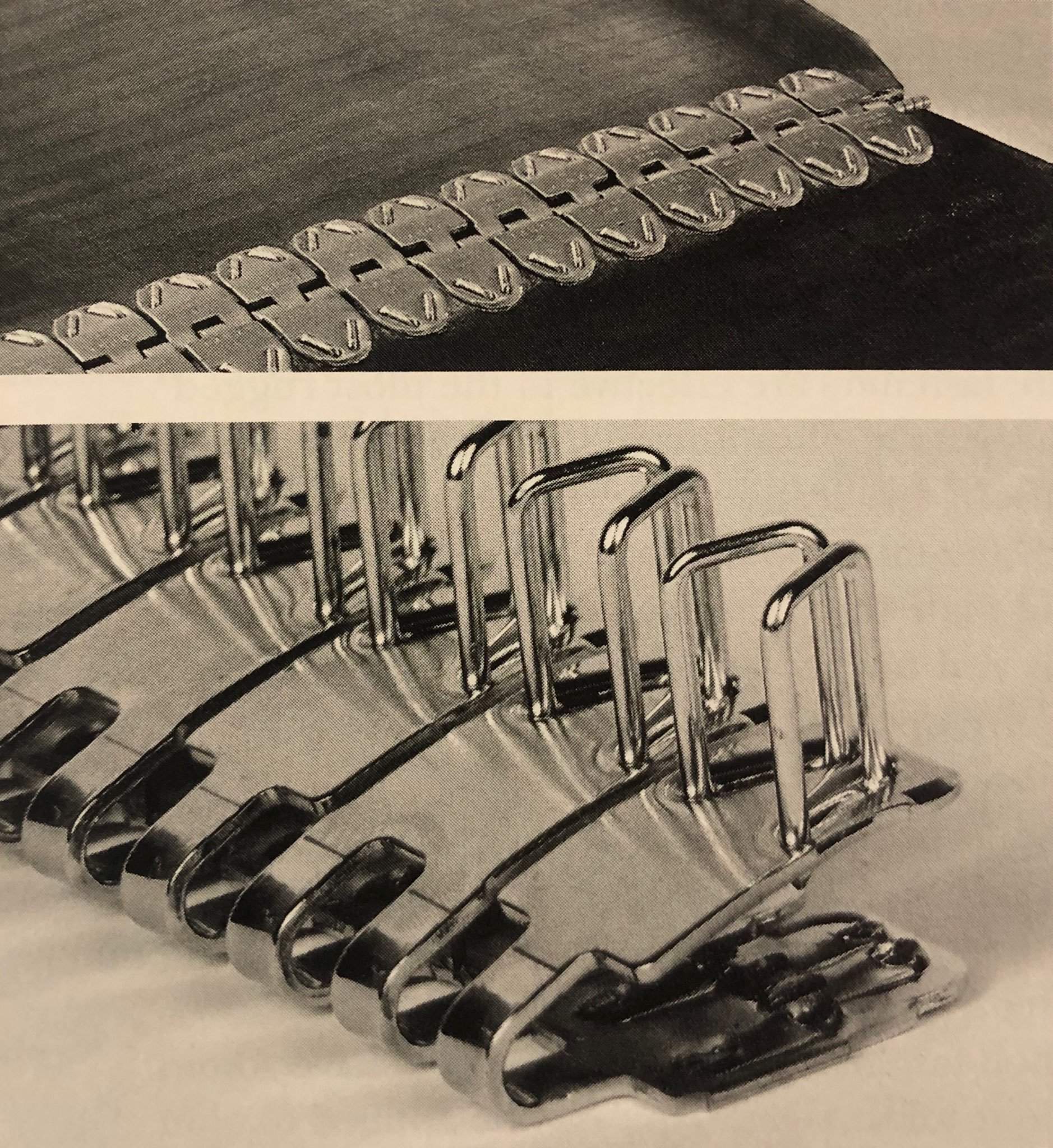

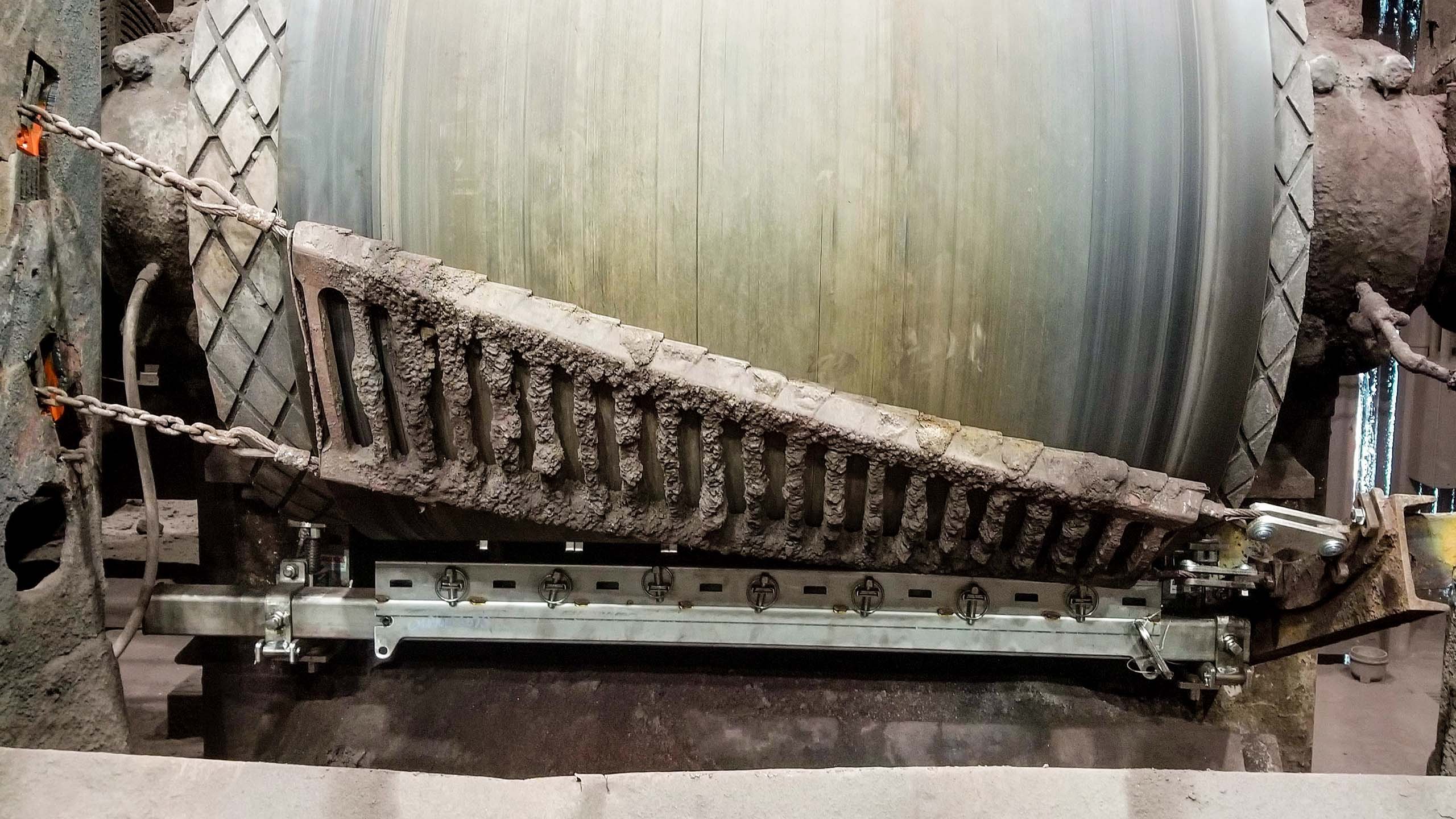

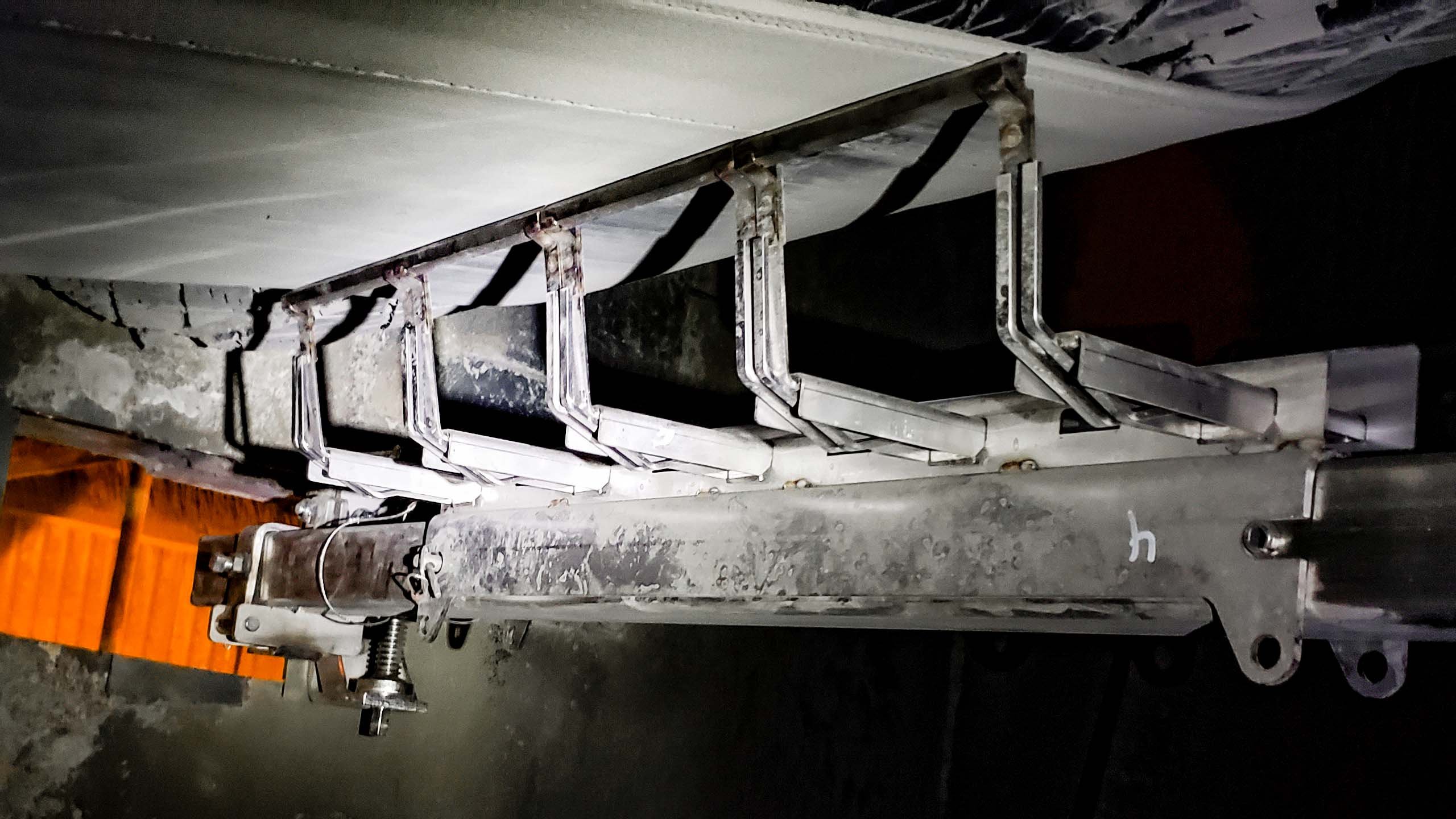

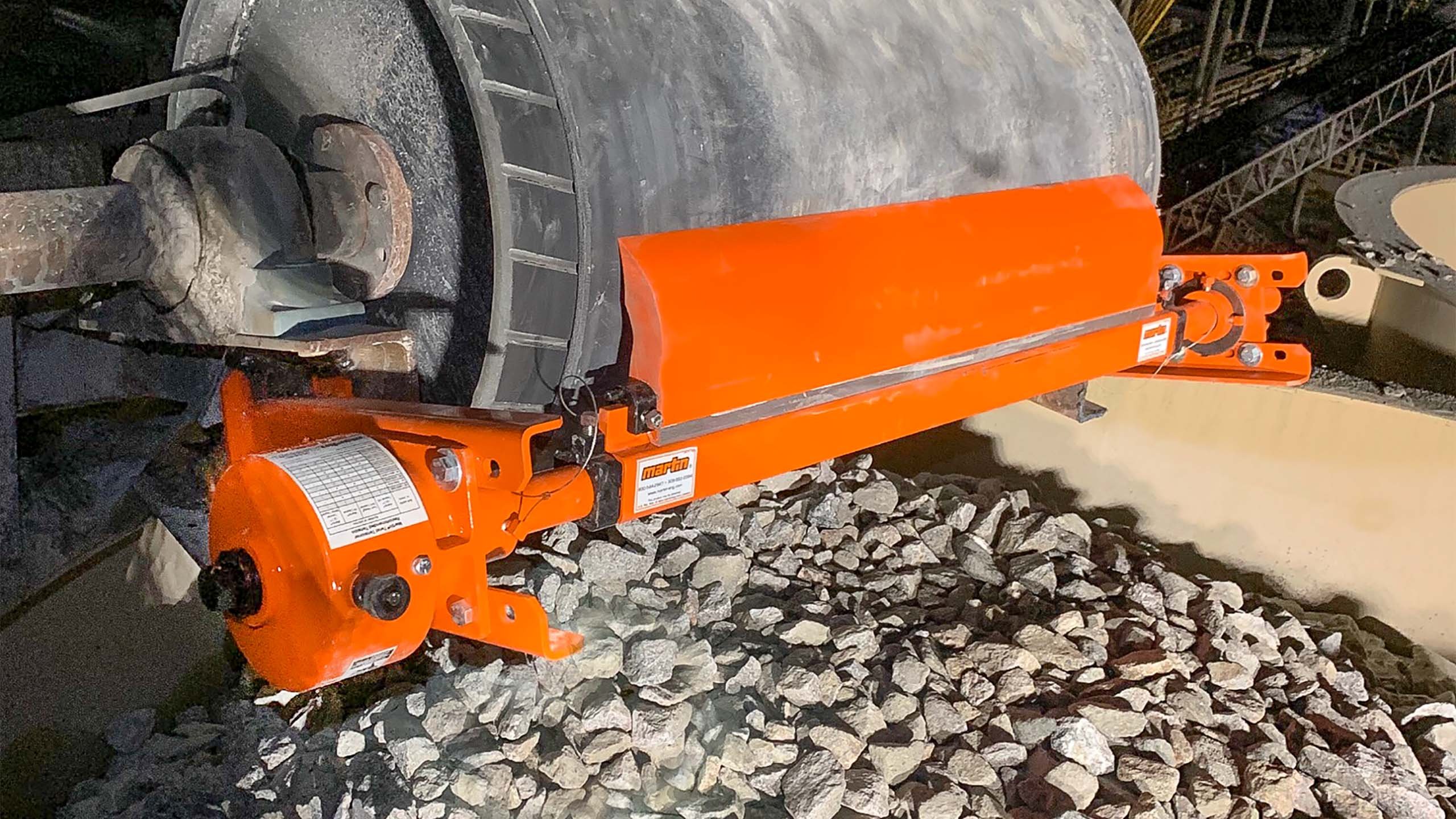












Leave Comment